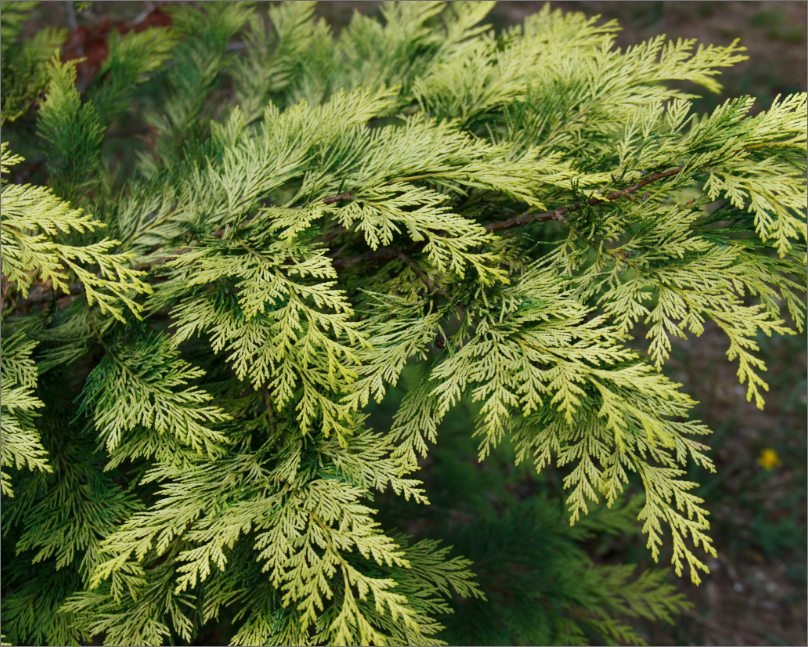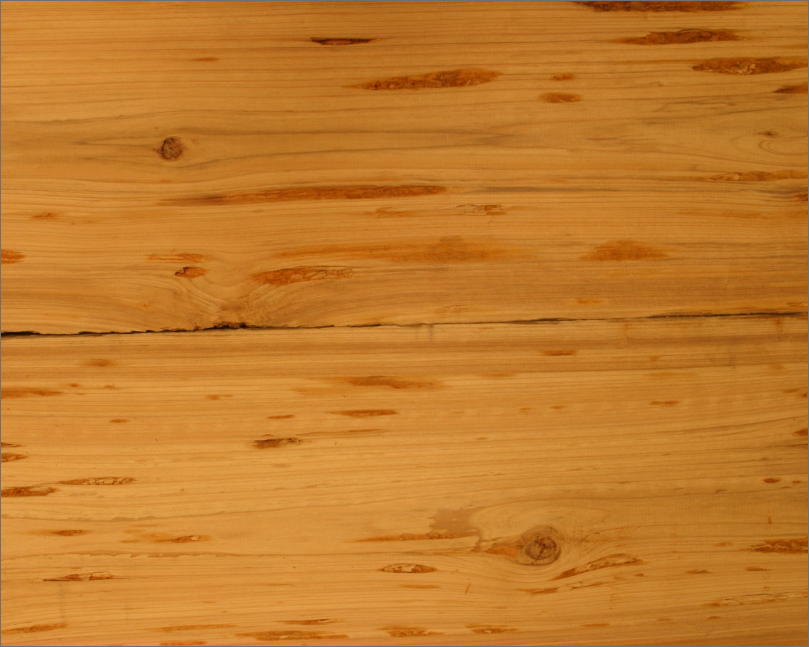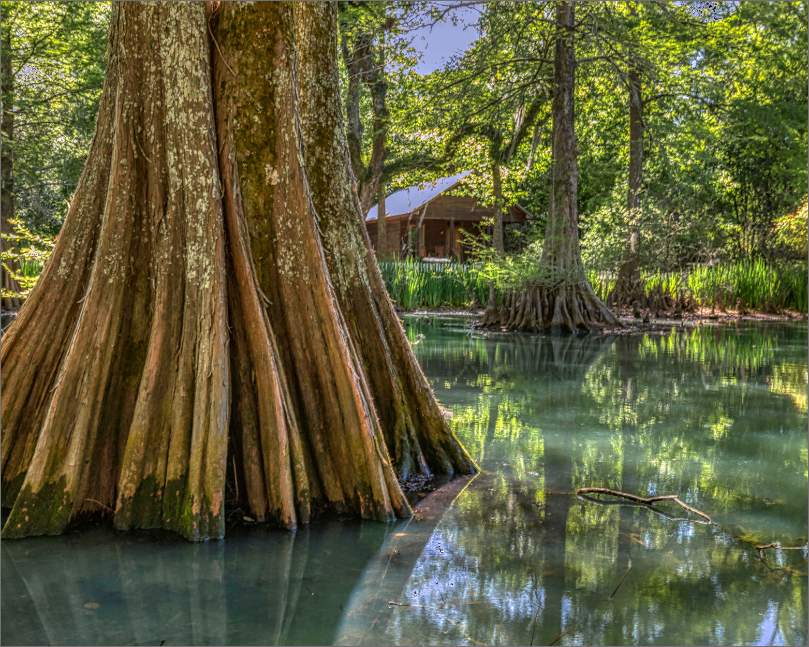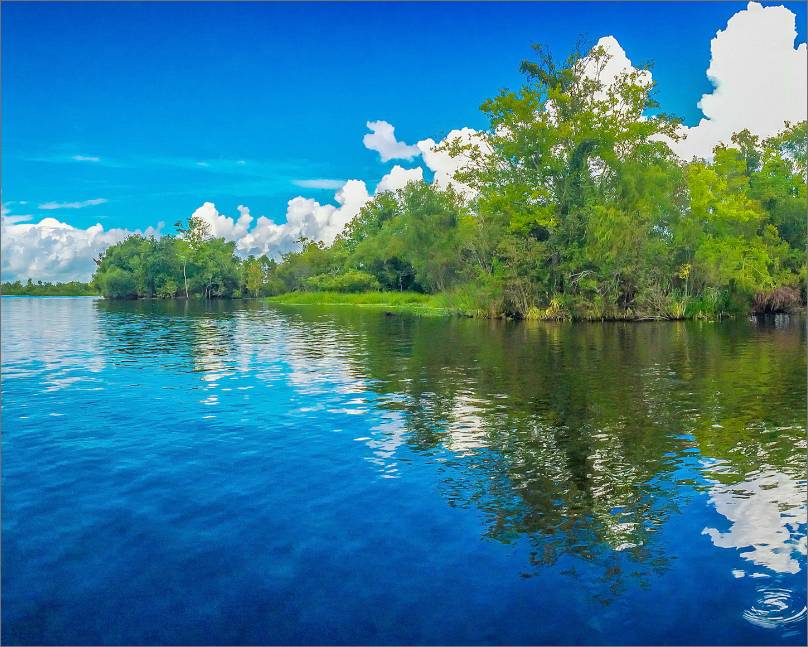Environmental Facts

Taxodium distichum | Other names: Bald, red, or yellow cypress

Get to Know Southern Cypress
Cypress trees are conifers that produce needles and cones, but unlike most American softwoods, they are deciduous trees that shed foliage in the fall like hardwoods. And although cypress is a softwood, it grows alongside hardwoods and is traditionally grouped and manufactured with them as well.

Responsibly Harvesting for Healthy Forests
Harvesting cypress and other trees is an essential forest management practice that promotes forest succession, biodiversity, and overall forest health. A reality of sustainable forest management is that growing trees need sunlight, soil, and nutrients, and they grow more rapidly when older, larger, and more mature trees do not crowd them. Harvesting also helps prevent the spread of disease, pests, and wildfires, which disrupt the natural role trees play in the carbon cycle.

A Climate Solution
Growing trees remove carbon dioxide from the atmosphere. They return the oxygen to the air and use the carbon to grow trunk, branches, and needles/leaves. And thanks to the brilliant work of Mother Nature, the carbon is stored in tree and any products made from it. In fact, roughly 50% of the dry weight of wood is stored carbon.

Energy and Resource Efficiency
Studies have shown that wood takes less energy to manufacture into products than other materials. Manufacturing wood products is mostly limited to running a saw blade, kiln drying, and operating other processing equipment. Alternative building materials—such as aluminum, plastic, cement, and brick—can require up to 126x more energy to process into finished goods.


